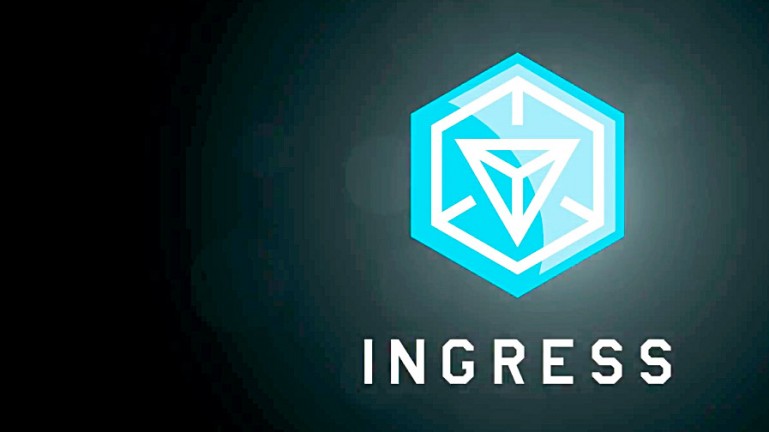By Isaac Smith
I’d be lying if I said I wasn’t excited about the future of gaming.
The ruminations began when I saw the Minecraft Hololens announcement. It blew my mind. Although it may not be a completely accurate description of what the user may experience, it was still pretty frickin’ amazing. Creating a holographic overlay of the real world is huge. But everyone knows about that already. Let’s talk about Ingress.
For those of you who’ve never heard of it, it’s (in this blogger’s humble opinion) one of the least awful mobile games on the market right now. The thrust of the game is basically a world-wide game of tug of war. Community landmarks (yes, like in YOUR community where YOU live) are turned into pylons, which you fight against other local people in your area for control of. You gain resources, launch attacks, build defenses, and team up with allies to protect and expand your influence. And this fight is going on everywhere in the world, simultaneously, with different landmarks. The landmarks are numerous and are often immediately recognizable by anybody who lives near them, but just in case you don’t know about them, Ingress gives you a map and an overlay to help you navigate to the nearest pylons. How do you navigate to them? Walk, drive, take a bus, but to attack or defend them, you must be near their GPS coordinates in the real world.
Sounds cool, right? It is. Unfortunately, it’s about as elegant in its execution as the Hololens (which tops out at “not very”).
There are a lot of critics of both of those pieces of technology, but the massively amazing realization is this: the criticism of these pieces of tech is surrounding its design. We can fix that. But the existence and compatibility of these two things means that we have access to a global playing field that can be altered and updated in real time. Everything we need to create a digital battlefield taking place in the real world exists right now, and all we’ve got to fix are some design issues that would make it less awesome.
But let’s go further! With the advent of the Omni, the Oculus Rift, and pieces of tech like LeapMotion, we can build for ourselves a convincing, purely digital world that allows us to move and interact organically, without ever leaving the comfort of our homes.
Reading Ready, Player One and watching Sword Art Online makes me think that this seamless, beautiful virtual reality is an impossibility, a fantasy. Tons of tech and gaming news blogs talk about hardware that’s “in development” or “could hit the market in 5 years,” as if that will suddenly give us access as gamers and developers to some new, special way of playing games. But when we really look at what we have, that technology is available now. Even local indie developers have started using disparate pieces of technology in conjunction with each other to make a convincing, immersive experience. And we’re just getting started.
So let’s not talk so much about the flaws of the technology that’s out right now. Let’s get excited instead.
~Isaac

